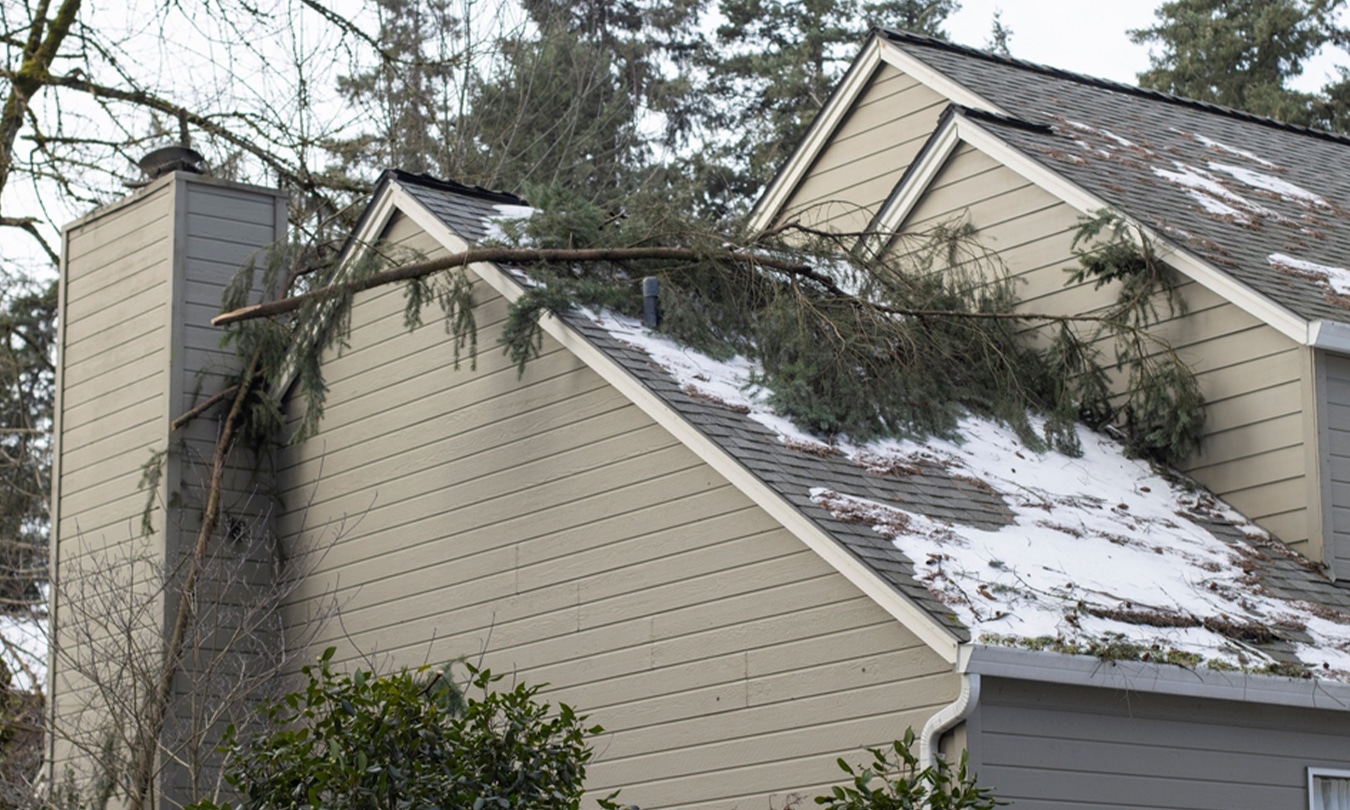Essential Pre-Winter Roof Maintenance: Your Ultimate Guide to a Safe, Winter-Ready Roof
Winter can be especially harsh on roofs, with snow, ice, and cold temperatures increasing the risk of leaks, ice dams, and damage to shingles. By preparing your roof before winter arrives, you can avoid costly repairs, improve your home’s energy efficiency, and ensure the safety and comfort of your family. This guide covers essential pre-winter roof maintenance tips to keep your roof in top condition all winter long.
Table of Contents
- Importance of Pre-Winter Roof Maintenance
- Inspecting Your Roof for Potential Issues
- Clearing Gutters and Downspouts
- Trimming Nearby Trees and Branches
- Sealing Flashing and Roof Openings
- Improving Attic Insulation and Ventilation
- Preventing Ice Dams on Your Roof
- Roof Heating Cables: Are They Worth It?
- Scheduling a Professional Roof Inspection
- Final Tips for Winter-Proofing Your Roof
1. Importance of Pre-Winter Roof Maintenance
Winter weather can exacerbate any small issues your roof may already have, turning minor repairs into major expenses. Preparing your roof now prevents problems like ice dams, water leaks, and energy loss. Routine maintenance extends your roof’s life, reduces the need for emergency repairs, and keeps heating bills down by improving insulation.
2. Inspecting Your Roof for Potential Issues
A thorough inspection is the first step in preparing your roof for winter. Look for any signs of damage that could lead to leaks, structural issues, or reduced energy efficiency.
Key Areas to Inspect:
- Shingles: Look for cracked, loose, or missing shingles.
- Flashing: Check around chimneys, skylights, and vents for damaged or unsealed flashing.
- Roof Edges and Eaves: Inspect for any signs of sagging, which could indicate structural weakness.
- Attic: Look from the inside for light leaks, stains, or moisture, which can indicate hidden damage.

3. Clearing Gutters and Downspouts
Clogged gutters can cause ice dams and water buildup, leading to damage to the roof and walls. Clear your gutters of leaves, dirt, and other debris to ensure water flows properly off your roof.
Tips for Cleaning Gutters:
- Use a gutter scoop or your hands (with gloves) to remove debris.
- Flush downspouts with a garden hose to ensure they’re clear.
- Install gutter guards to keep debris out during the fall and winter months.

4. Trimming Nearby Trees and Branches
Heavy snow or ice can weigh down branches, causing them to snap and damage your roof. Trimming back any branches that hang over your roof reduces the risk of winter roof damage and keeps gutters clear of additional debris.
- Trim branches within 6 feet of your roofline.
- Use a pruning saw or hire a professional to avoid damaging the roof.
- Clear any branches that have fallen onto your roof to prevent buildup.

5. Sealing Flashing and Roof Openings
Flashing around roof openings, such as chimneys, skylights, and vents, is a common area for leaks. Seal any cracks or gaps in the flashing to prevent water seepage and potential ice damage.
Tips for Sealing Flashing:
- Apply roofing cement or waterproof sealant around flashing edges.
- Inspect chimney flashing for any gaps or missing mortar.
- Replace damaged flashing with new material to ensure a tight seal.
6. Improving Attic Insulation and Ventilation
Proper attic insulation and ventilation help maintain a stable roof temperature, which reduces the risk of ice dams and keeps heating costs down. Insulating your attic prevents warm air from escaping and reaching the roof, where it can cause snow to melt and refreeze at the edges.
Tips for Insulation and Ventilation:
- Add more insulation in the attic floor to meet recommended R-values.
- Check attic vents for blockages to ensure airflow.
- Install baffles if necessary to improve ventilation.

7. Preventing Ice Dams on Your Roof
Ice dams form when snow melts and refreezes at the roof’s edge, trapping water that can seep under shingles. Proper insulation, clean gutters, and consistent roof temperature help prevent this problem.
Tips for Ice Dam Prevention:
- Ensure adequate insulation to maintain a uniform roof temperature.
- Install a water-repellent membrane under the shingles near eaves.
- Use a roof rake to remove excess snow along roof edges after heavy snowfall.

8. Roof Heating Cables: Are They Worth It?
Roof heating cables are a popular choice for homes in snow-prone areas, as they prevent snow from melting and refreezing at the eaves. While they require an investment, heating cables can effectively reduce ice dams and protect your roof.
Tips for Using Heating Cables:
- Install cables along roof eaves where ice dams typically form.
- Use a thermostat to control the cables and save on energy costs.
- Inspect cables yearly to ensure they are functioning properly.
9. Scheduling a Professional Pre-Winter Roof Inspection
A professional inspection can catch issues that are hard to spot, such as structural weaknesses, compromised flashing, or shingle deterioration. Roofing experts know where to look and can recommend the best solutions to keep your roof protected all winter.
Benefits of a Professional Inspection:
- Identifies hidden issues that could worsen in cold weather.
- Ensures thorough maintenance of shingles, flashing, and vents.
- Provides expert advice on additional pre-winter preparations.

10. Final Tips for Winter-Proofing Your Roof
- Clear off any debris that remains on the roof to prevent drainage issues.
- Consider waterproof underlayment to add an extra layer of protection.
- Check and repair any damage to gutters and downspouts to prevent ice dams.
Taking proactive steps to prepare your roof for winter is one of the best investments you can make in your home’s longevity and safety.
Need Help Winter-Proofing Your Roof?
Preparing your roof for winter doesn’t have to be overwhelming. For expert advice and quality service, Contact Us Today for a pre-winter roof inspection and personalized maintenance plan that keeps your home protected through the season’s harshest conditio